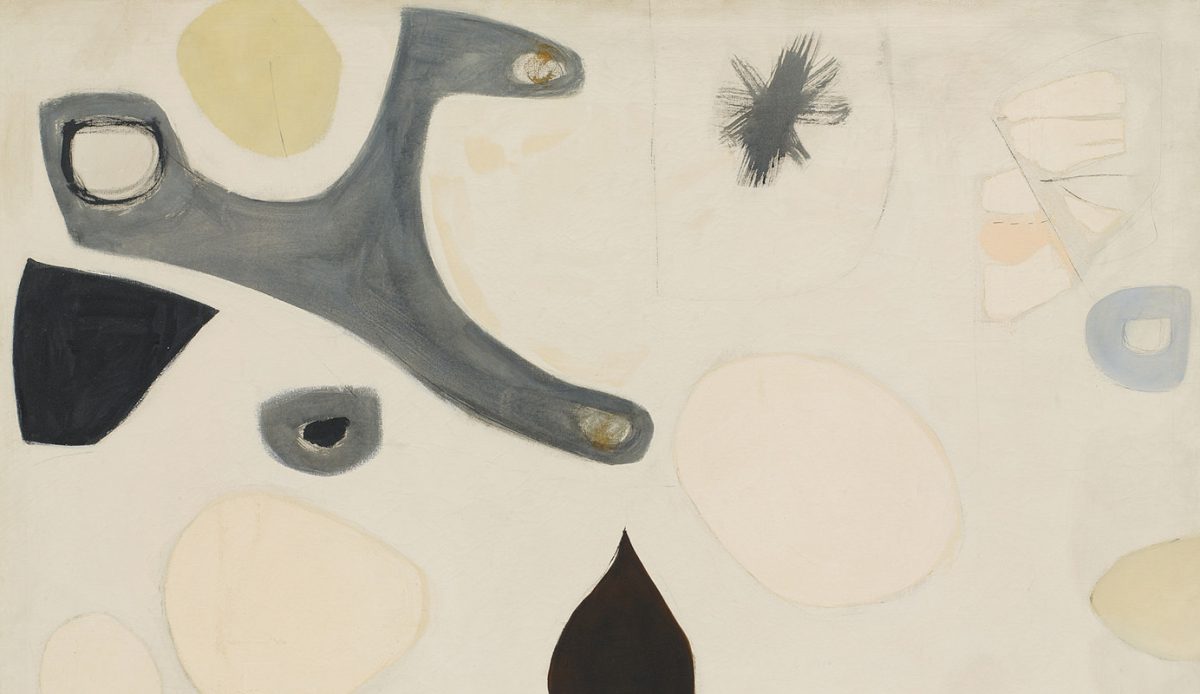ORANGE COUNTY MUSEUM OF ART
The step-by-step entry of the People’s Republic of China into the world cultural arena paralleled the globalization of that arena overall, and at certain times the Chinese presence in contemporary art seemed to overshadow that of any other emerging nation. At other times that presence seemed to be freighted, even impeded, by the country’s recent past—understandably so, given the traumas to which artists, in particular, had been subject under Mao; but a combination of obsession and caution, and the frequently misunderstood appropriation of western artistic modes, gave a sheen of bathos to China’s first post-modernist, post-Maoist artists. Several recent shows in the USA of younger artists, especially artists born after Mao’s own death, have revealed a rapid maturation. My Generation: Young Chinese Artists, the latest survey, is the most exciting and unpredictable, and thus the most reassuring.
To be sure, Chinese artists’ focus on their society’s fissures and foibles has not lessened. Much of the work in My Generation reflects on the world the artists live in; there is relatively little self-absorption or surrender to arcane theorizing, and the level of wit and even abandon has risen sharply. This may be due to curators Barbara Pollack, a New York-based critic and inveterate China-watcher, and Li Zhenhua, founder and director of the Beijing Art Lab; they have clearly chosen not a “typical” cross-section of artists, but the best they could find. Still, it can be argued that an art scene that produces artists as keen and often moving as these is ready for prime time.
The range of media and formats, from installation to photography, is as broad as it would be in any survey of contemporary art generated by and in a sophisticated discourse. The flavor, however, and indeed the subject matter, is largely urban, lyrical and metaphorical, and to a certain extent satirical but (refreshingly) not cynical. There is a ready, almost casual acceptance of montage—that is, the kind of superposition of things that evinces what you could call the Photoshopping of everyday life. Dreamlike confrontations, grotesque distortions, quasi-analytical hallucinations, and mysterious, provocative objects predominate. Even so, no body of work in the exhibition can be mistaken for any other; Pollack and Li have, if anything, emphasized delineation of style and subject. That is to their credit, but the distinctiveness of the work itself is to the artists’.
Several collectives, including Birdhead, Double Fly Art Center, and Irrelevant Commission, are featured in My Generation. Collaborative groups have become a fairly common feature of art-working around the world, but, given China’s recent history, the very idea of working collectively can be seen as logical from one angle, fraught from another. The collaborative structure apparently allows artists, among other things, to conduct sociological inquiries and experiments that much more effectively and securely. But individual artists predominate here, and easily maintain and display their peculiar (on occasion very peculiar) sensibilities. Keep an eye out in particular for Hu Xiaoyuan’s humble-seeming anti-sculptures; the vast, almost habitable structure of Jin Shan; Liu Chuang’s hilarious, should-go-viral video of an urban action (in which two identical white cars, traveling beside each other, maintain the minimum speed limit throughout Beijing); the outsize animals Lui Di’s photographs improbably plant in apartment building courtyards; the low-burn (and vaguely morbid) eroticism of Song Kun’s paintings; the ambitious graphic elaborations of Sun Xun (perhaps the only work in the show reliant on traditional Chinese art); Cui Jie’s complex elaborations of modern structures (painted but taking off from architectural rendering); and the improbable, extravagant quasi-tapestry Xu Zhen—employing his production company, MadeIn—has hung across an entire huge wall. In fact, all the artists in the show are worth attention and even careful study; its frequent levity and parody notwithstanding, this work deserves to be taken very seriously.
For more information, please visit http://www.ocma.net










